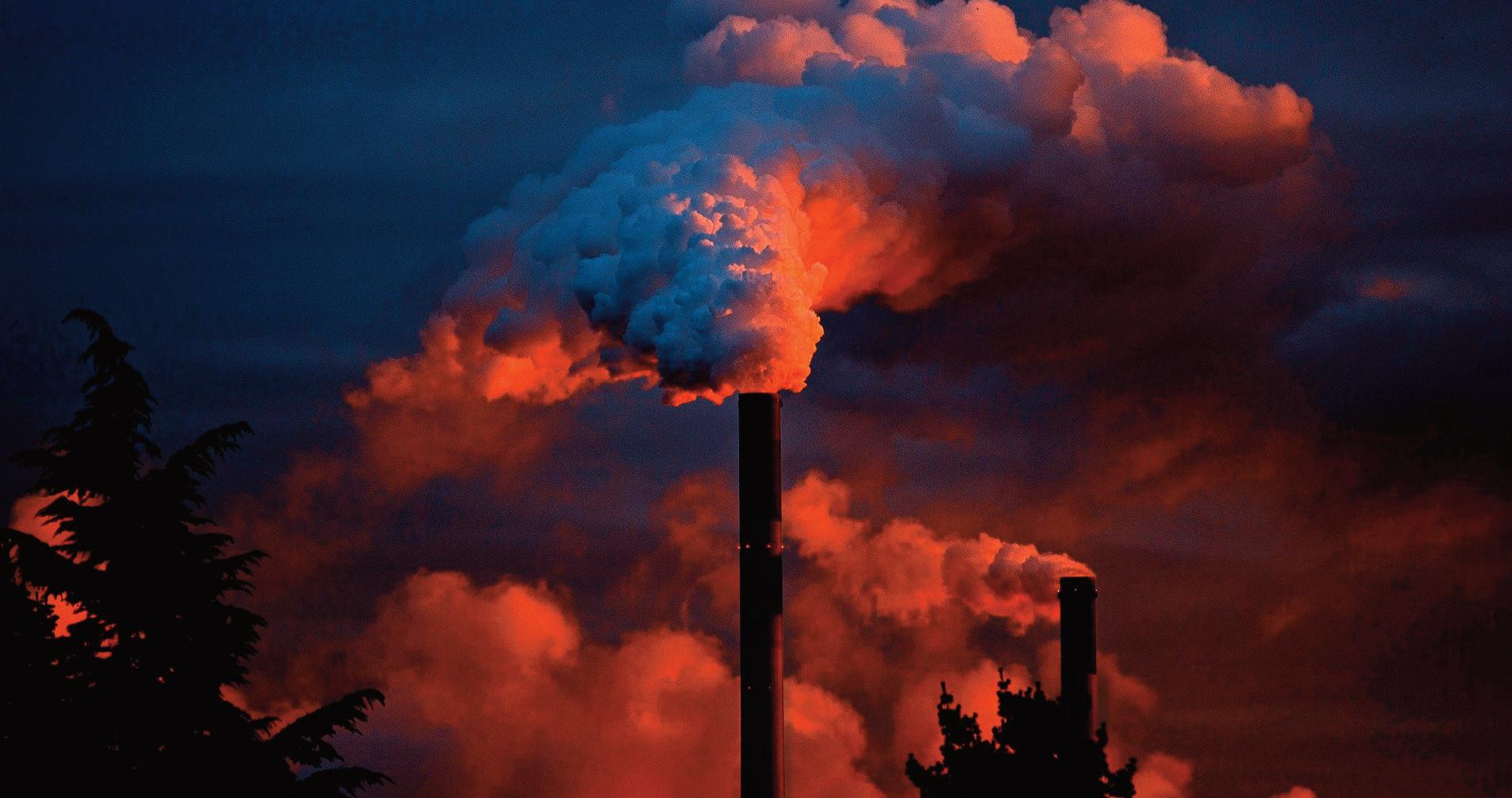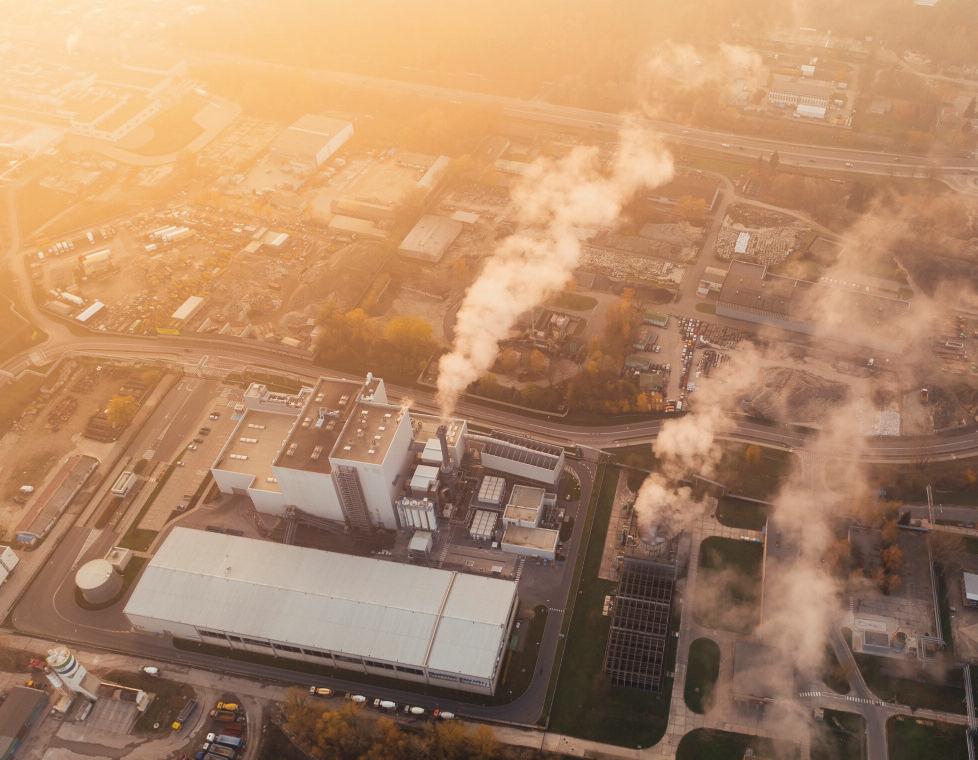
1 minute read
World News EU Carbon Emissions Fall
eu carbon emissions fall
The EU Commission reported that the market carbon emissions fell by 8.7% in the year of 2019. The Emissions Trading System (ETS), who regulate on average 45% of the EU’s greenhouse gases and carbon dioxide (CO2) emissions, and set caps on industrial activities and aviation, have put certain schemes in place which have greatly contributed to this decline.
Advertisement
Scientists predicted in 201 9 that the global gas emissions, generated from greenhouses, were due to fall even lower this year; the COVID-1 9 pandemic was a major player in achieving even further declines in early 2020, with the closure of businesses and factories worldwide.
The IEA (International Energy Agency) forecasted a fall of approximately 2.6billion tonnes of carbon dioxide levels yearon-year; they explained that by reducing usage of energy, including electricity, heating and transport, during the lockdown, we can improve the emissions levels drastically.
The European Parliament also released a report in April 2020, displaying data and predicting as much as a 40% drop from 1 990 in GHG emissions in Germany alone. In addition, as of June 2020, the statistics collected by Eurostat show that we are currently on track to exceeding the 2020 target of 20% decline in GHG emissions.
Although things seem to be improving, the IEA have stressed that once the economy returns back to normal, and businesses reopen, it’s possible that the numbers will rise again, or even bounce back higher than the decline. They remind us that the EU needs to take their efforts up a level in order to increase energy efficiency, boost electrification and focus on growing shares of renewable fuels. Businesses have to be mindful, and systems must be put in place to avoid a rebound happening, and help us maintain the levels, which are currently at the lowest levels since the late 50’s.
Written by Paula Rapsiewicz








